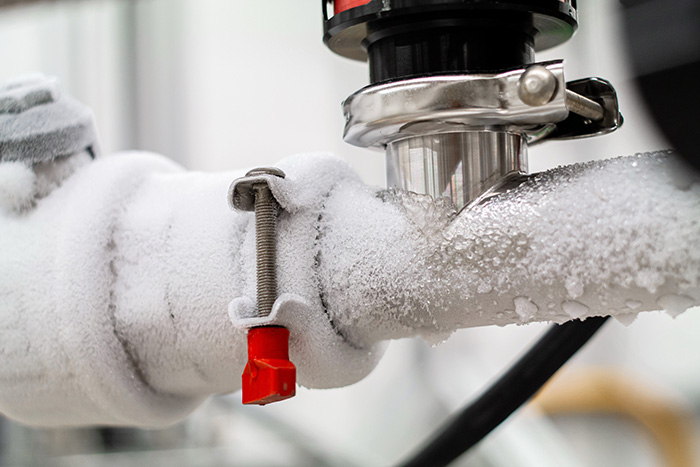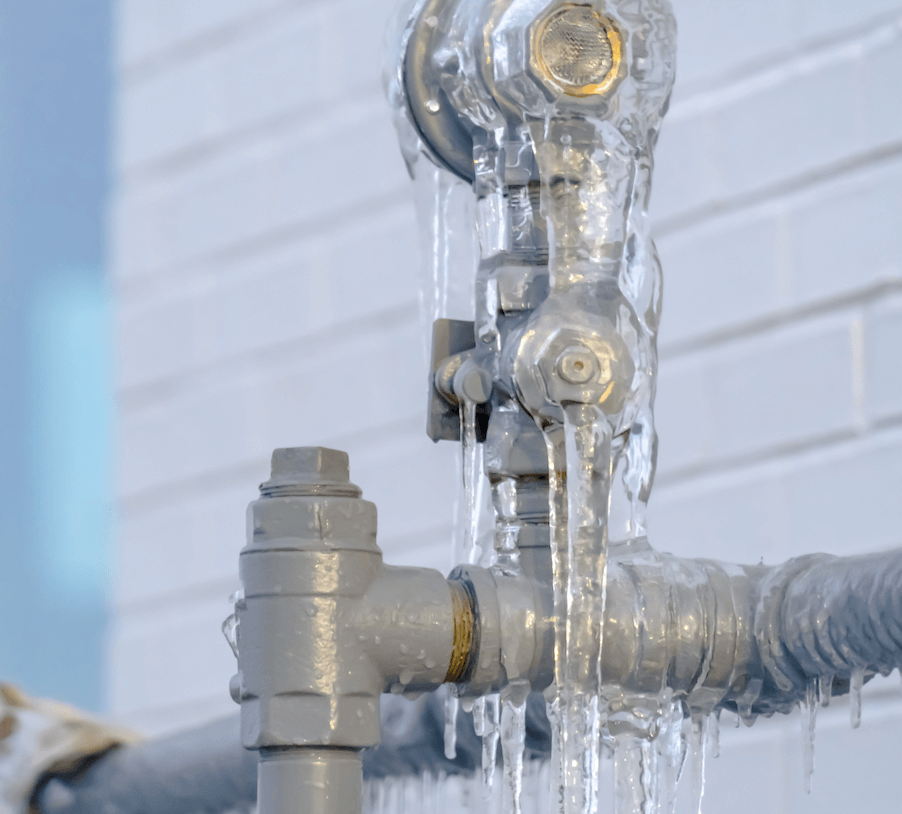The publisher is making a few good annotation relating to How to Prevent Your Pipes From Freezing as a whole in the content followed below.

Cold weather can ruin your pipes, especially by freezing pipelines. Below's just how to prevent it from taking place and what to do if it does.
Intro
As temperatures decrease, the danger of frozen pipes boosts, possibly leading to costly repair services and water damage. Recognizing exactly how to avoid frozen pipes is critical for homeowners in chilly climates.
Recognizing Frozen Pipelines
What causes pipes to freeze?
Pipes ice up when exposed to temperatures listed below 32 ° F (0 ° C) for extended durations. As water inside the pipes ices up, it expands, putting pressure on the pipeline walls and potentially causing them to burst.
Dangers and problems
Frozen pipes can cause water supply interruptions, property damages, and expensive fixings. Ruptured pipes can flooding homes and trigger extensive architectural damage.
Indicators of Frozen Pipeline
Recognizing frozen pipelines early can prevent them from rupturing.
How to recognize icy pipelines
Try to find reduced water flow from taps, uncommon odors or sounds from pipes, and visible frost on revealed pipelines.
Avoidance Tips
Shielding prone pipelines
Wrap pipes in insulation sleeves or make use of warm tape to shield them from freezing temperature levels. Concentrate on pipelines in unheated or external locations of the home.
Heating strategies
Keep indoor areas appropriately heated up, specifically areas with pipes. Open cupboard doors to allow cozy air to distribute around pipelines under sinks.
Protecting Outdoor Plumbing
Garden tubes and outdoor faucets
Disconnect and drain pipes yard pipes before winter. Set up frost-proof spigots or cover outdoor faucets with shielded caps.
What to Do If Your Pipelines Freeze
Immediate activities to take
If you presume frozen pipelines, maintain faucets open to soothe stress as the ice melts. Use a hairdryer or towels taken in hot water to thaw pipelines slowly.
Long-Term Solutions
Architectural modifications
Take into consideration rerouting pipelines far from exterior walls or unheated locations. Add additional insulation to attics, basements, and crawl spaces.
Updating insulation
Buy top notch insulation for pipes, attic rooms, and wall surfaces. Proper insulation aids maintain regular temperatures and reduces the danger of frozen pipelines.
Conclusion
Protecting against frozen pipes calls for positive steps and quick responses. By understanding the reasons, indicators, and preventive measures, homeowners can shield their plumbing during winter.
5 Ways to Prevent Frozen Pipes
Drain Outdoor Faucets and Disconnect Hoses
First, close the shut-off valve that controls the flow of water in the pipe to your outdoor faucet. Then, head outside to disconnect and drain your hose and open the outdoor faucet to allow the water to completely drain out of the line. Turn off the faucet when done. Finally, head back to the shut-off valve and drain the remaining water inside the pipe into a bucket or container. Additionally, if you have a home irrigation system, you should consider hiring an expert to clear the system of water each year.
Insulate Pipes
One of the best and most cost-effective methods for preventing frozen water pipes is to wrap your pipes with insulation. This is especially important for areas in your home that aren’t exposed to heat, such as an attic. We suggest using foam sleeves, which can typically be found at your local hardware store.
Keep Heat Running at 65
Your pipes are located inside your walls, and the temperature there is much colder than the rest of the house. To prevent your pipes from freezing, The Insurance Information Institute suggests that you keep your home heated to at least 65 degrees, even when traveling. You may want to invest in smart devices that can keep an eye on the temperature in your home while you’re away.
Leave Water Dripping
Moving water — even a small trickle — can prevent ice from forming inside your pipes. When freezing temps are imminent, start a drip of water from all faucets that serve exposed pipes. Leaving a few faucets running will also help relieve pressure inside the pipes and help prevent a rupture if the water inside freezes.
Open Cupboard Doors
Warm your kitchen and bathroom pipes by opening cupboards and vanities. You should also leave your interior doors ajar to help warm air circulate evenly throughout your home.

We are very inquisitive about Winter Plumbing Precautions: Preventing Frozen Pipes and I am assuming you enjoyed reading our entry. For those who liked our blog posting please make sure you remember to pass it around. We enjoy reading our article about How to prepare your home plumbing for winter weather.
Schedule Now